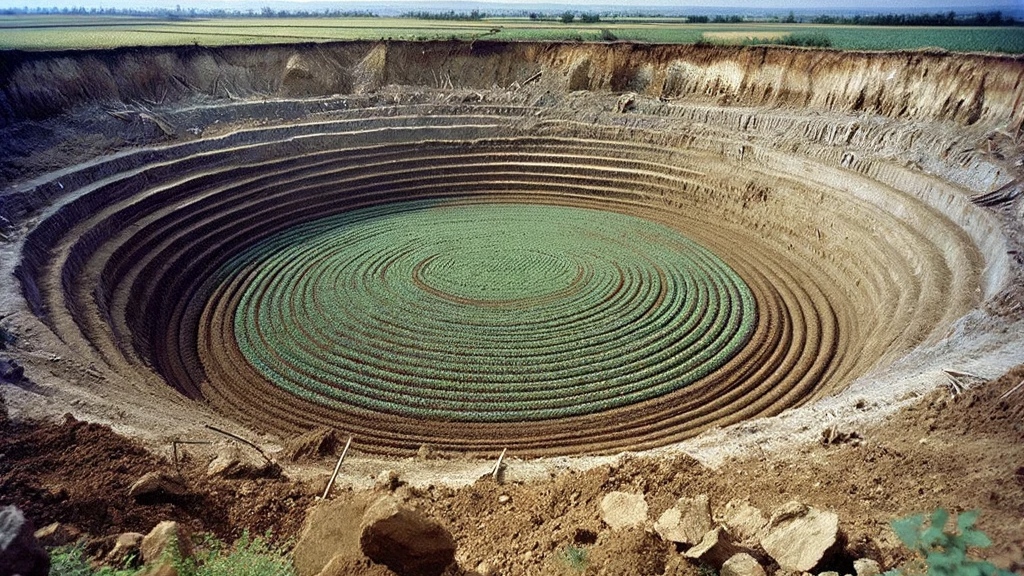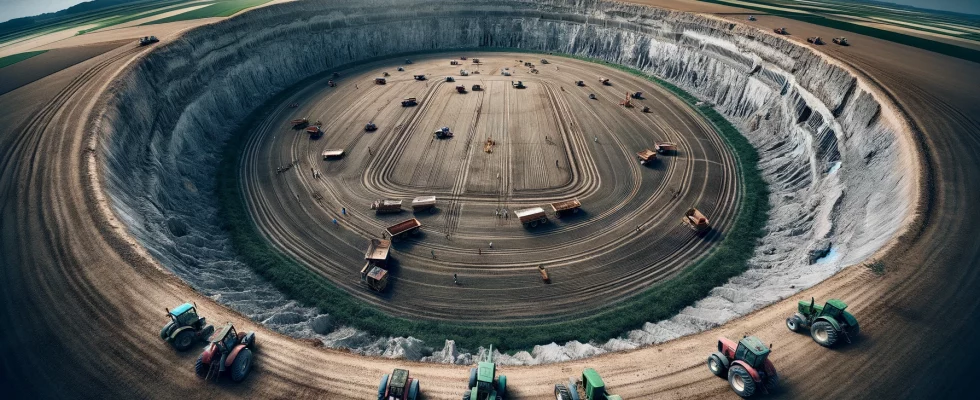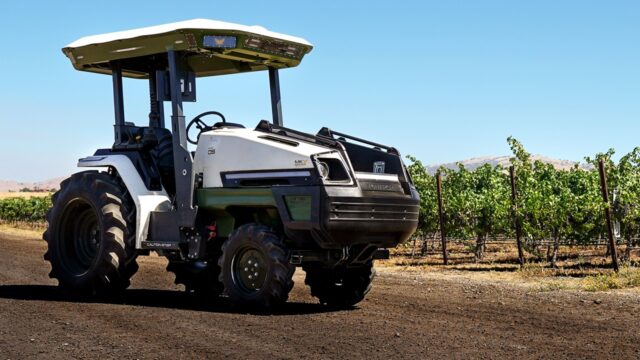The U.S. Department of Energy (DOE) and the National Nuclear Security Administration (NNSA) are completely reshaping the historic sites where nuclear bomb tests took place. What is their new vision? To transform these areas into centers of clean energy production, that is, solar farms.
Building a solar farm at a nuclear bomb testing site?
The story begins at the Nevada National Security Site (NNSS), which was famous for nuclear bomb testing from the 1950s to the 1990s. Today this site stands on the threshold of an ecological revolution.
DOE and NNSA received six promising proposals from solar developers, clearly demonstrating the project’s potential and industrial interest. The journey began with a Request for Information (RFI) in December 2023, and six solar developers had expressed strong interest in the idea by January 12.
The next phase continues with Request for Qualifications (RFQ), which aims to select the candidates most suitable for this ambitious project. Although the conversion of NNSS into a solar farm is not yet finalized, the momentum of this initiative is undeniable.
This isn’t DOE’s first experiment with reusing contaminated land. They have previously explored similar initiatives at the Hanford site and the Savannah River Area in South Carolina, demonstrating an ongoing commitment to their ecological responsibility.
Acting Secretary for Nuclear Safety and NNSA Administrator Jill Hruby highlights the essence of the project, saying it aligns with broad goals of combating climate change, promoting clean energy and supporting economic growth in Nevada.

This initiative demonstrates that DOE and NNSA are committed not only to research and development, but also to practical and effective environmental protection.
Minimum human intervention, maximum environmental benefit
One of the biggest advantages of this project is that the human labor required to operate solar and wind power plants is minimal. This is vital to using renewable energy while ensuring human safety, especially given the polluted history of the land.
DOE’s “From Cleanliness to Clean Energy” initiative takes a strategic approach to reusing contaminated land across the United States. This project at NNSS is a shining example of how environmental challenges can be transformed into sustainable development opportunities.
As DOE and NNSA pursue this ambitious project, we can expect more updates and breakthroughs in the field of clean energy. What do you think about these solar farms? You can write your opinions in the comments section below.

